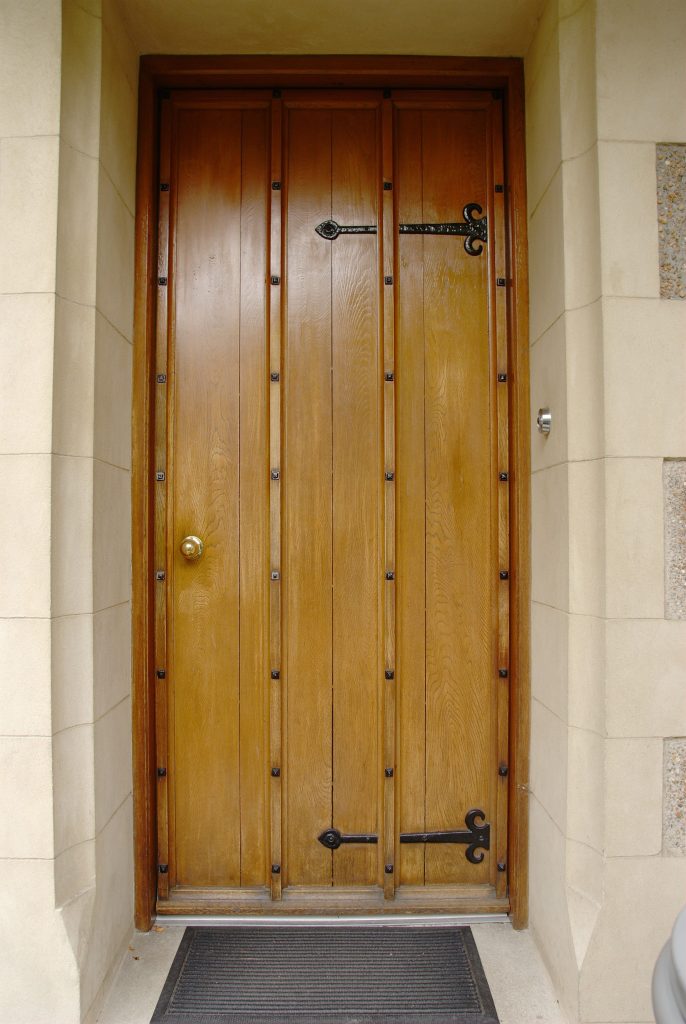 Tripping over a ledge in public can be both embarrassing and painful. Sometimes the fall can result in serious injuries. Who should be at fault for any damages sustained? As with many legal issues, it depends. Unfortunately for one woman in Covington, Louisiana, the apparent nature of the ledge, coupled with her own activities contributing to the fall, led the Louisiana First Circuit Court of Appeal to dismiss her case.
Tripping over a ledge in public can be both embarrassing and painful. Sometimes the fall can result in serious injuries. Who should be at fault for any damages sustained? As with many legal issues, it depends. Unfortunately for one woman in Covington, Louisiana, the apparent nature of the ledge, coupled with her own activities contributing to the fall, led the Louisiana First Circuit Court of Appeal to dismiss her case.
While soliciting a security systems company, Ms. Dale Cordell fell outside the Tanaka Building in Covington, Louisiana. Rather than attempting to enter through a doorway, Ms. Cordell walked through a patch of grass between the Tanaka Building and neighboring buildings. After looking through the window, Ms. Cordell walked back through the grass towards the street, where she tripped on a short ledge. She fell to her knees, hit her hands, and head on the cobblestone in front of the Tanaka Building. Ms. Cordell filed a lawsuit in the Twenty-Second Judicial District Court for the Parish of St. Tammany against Lorna Madison, the owner of the building, as well as several other parties, alleging severe injuries due to the unreasonably risky ledge at the Tanaka Building.
Ms. Madison filed a motion for summary judgment seeking to dismiss the case based upon Ms. Cordell’s inability to prove the existence or knowledge of a defect that could have created an unreasonable risk of harm. The District Court agreed for one reason that a color change between the ledge and the cobblestone existed, putting pedestrians on notice. The District Court further noted that Ms. Cordell was not using the proper entrances or exits leading to and from the building. Ms. Cordell appealed to the Louisiana First Circuit Court of Appeal, arguing the District Court did not understand the facts of her case regarding the open and obvious nature of the ledge.
To hold a building owner liable for damages caused by a defect, a plaintiff must show the building owner knew or should have known of the defect, the injury could have been prevented by the owner by the use of reasonable care, and a failure by the owner to use proper care. See Broussard v. State ex. rel. Office of State Bldgs., 113 So.3d 175 (La. 2013). In determining whether a defect presents an unreasonable risk of harm, Louisiana courts look at four things: 1) utility; 2) likelihood and magnitude of harm; 3) cost of preventing harm; and 4) plaintiff’s activities and overall dangerousness of defect.
The second prong is typically referred to as the “open and obvious” element, which examines how apparent the alleged defect is. An alleged defect open and evident to all who might encounter it cannot be said to present an unreasonable risk of harm. See Temple v. Morgan, 196 So.3d 71 (La. Ct. App. 2016). Specifically, a curb in a restaurant parking lot and an unpaved grassy parking area are open and obvious conditions that are not unreasonably dangerous. See Williams v. Liberty Mutual Fire Ins. Co., 217 So.3d 421 (La. Ct. App. 2017).
The First Circuit agreed with the District Court that the ledge Ms. Cordell tripped over was an everyday hazard similar to the restaurant parking lot curb. The ledge was noticeable due to a color change between the upper and lower parts. Ms. Cordell’s activities contributed to her fall because she was walking between the buildings, not using a sidewalk or attempting to enter through the front of the building. If Ms. Cordell had been using the sidewalk, the First Circuit determined she would have noticed the ledge. Finding that the ledge was open and obvious, the First Circuit could not find that Ms. Madison was liable for Ms. Cordell’s injuries.
This case reminds us that merely sustaining an injury at a building does not guarantee that the owner of that building will be required to pay for damages. Just how open and obvious a condition must be to make it not an unreasonable risk is a question answered case-by-case basis. A great lawyer can help evaluate the individual facts of a case to determine whether that case could survive dismissal.
Additional Sources: DALE CORDELL VERSUS TANAKA, LLC, ET AL.
Written by Berniard Law Firm Blog Writer: Stephanie Burnham
Other Berniard Law Firm Articles on Louisiana Premises Liability: Man Loses Slip and Fall Lawsuit Due to the Open and Obvious Doctrine
 Louisiana Personal Injury Lawyer Blog
Louisiana Personal Injury Lawyer Blog

